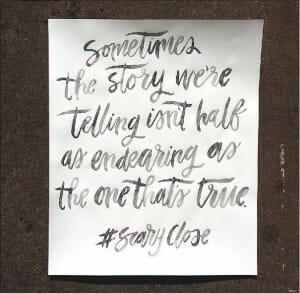So many readers enjoyed my post “Are You Listening, Nonprofits?“, I thought you might like a little more advice about social listening.
Craig Jamieson is a submarine fan, and he tells us that social listening is like sonar. Use it to find:
- Conversations that reveal something about the people who support you or the people you serve.
- Mentions of your organization. Ever wonder whether people out there really know about your organization? The one who mentioned you does! Write them back.
- Praises and problems. Visibly thank people for saying good things about you. Visibly respond to requests for help or criticism of your organization.
- What your audience wants to hear. If people “like” something on social media and it relates to your mission or your community, why not post something about that too?
- Opportunities. Your elected officials are probably online. So are your funders, your donors, your collaborators, and your competitors. Listen to what they’re saying to get a better sense of what your organization could be doing.
You can do all this with tools that you have at your fingertips, like Google Alerts, Facebook and Twitter lists, and keyword searches. If you want to make your sonar run by itself, you can invest in tools specifically designed for social media monitoring.
Either way, a human being still has to listen. So, turn on your sonar and run silent, run deep until you find the right conversation to enter!



